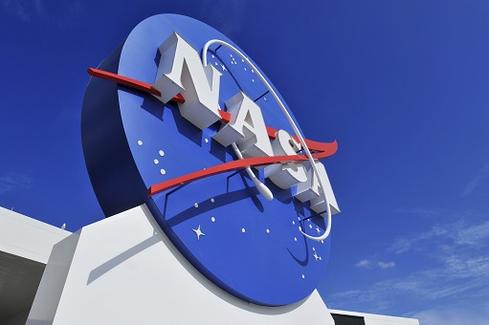Elon Musk, SpaceX Rocket Into Internet Space RaceElon Musk, SpaceX Rocket Into Internet Space Race
A plan to provide Internet from space could bring Web access to billions.


NASA Technology Roadmap: A Heavenly Guide For IT And CIOs
NASA Technology Roadmap: A Heavenly Guide For IT And CIOs (Click image for larger view and slideshow.)
Space … the final frontier … of the Internet. Elon Musk and SpaceX plan it that way, at least. SpaceX has filed with the FCC to begin testing the possibility of creating an ISP with a network made entirely of satellites in low-Earth orbit.
The company hopes to test the idea next year. If it works, SpaceX could conceivably rival major ISPs in urban areas and bring Internet service to parts of the world where it is difficult to get broadband.
The secret is in the orbit. Most satellite Internet services can provide decent speed in terms of uploads and downloads, but they have a major latency problem. Most of their satellites hang around in orbit 23,000 miles from Earth. That means even at the speed of light it takes 550 milliseconds for a signal to get to them and back. That's over half a second of latency, before factoring in any other common network latency issues. Some older systems have as much as a second of latency, and most newer systems brag that they can get it down to 600 milliseconds or so.
Compare that to the 29.6-millisecond latency of the average terrestrial service and you see the problem. For any low-latency enterprise needs (especially in sectors such as financial services) even 29.6 milliseconds is too much time. Satellite is out. For any home gamers it's impossible.
SpaceX has a simple solution. It is putting its satellites at low-Earth orbit, only 90 miles up. That should reduce latency. Of course, the company isn't the first to think of this. There's been an ongoing Internet space race for at least a decade. Companies such as Globalstar and Iridium have tried something similar (and gone bankrupt, switching to telephone service). Their speeds were too low because when you are that close to Earth, you are a pretty fast-moving target, and it is difficult to stay in communication with a single satellite.
In 2011, a company called COMMstellation proposed to create a group of 78 satellites in low orbit to tackle the problem. A group backed by Richard Branson, called OneWeb, proposes a 700-satellite group at about 500 miles up.
SpaceX plans on 4,000 satellites at 90 miles up, passing signals between each other so it is easy to send and receive signals. That should reduce latency. And if it works, it brings broadband Internet access to parts of the globe that have none, or are stuck with dial-up speeds. There are 4.4 billion people in the world without Internet access, and for many of them it's due to a lack of options (though a lack of money is also part of the problem). It also means SpaceX can go toe-to-toe with Comcast and Time Warner in the commercial ISP space.
Of course, 4,000 satellites is no small number. SpaceX needs to make much smaller satellites than the ones now used by commercial TV and Internet companies, which can weigh as much as 8,000 lbs at launch. SpaceX has arguably the cheapest rocket in the world (stats differ based on how you judge cost), but it is still not feasible to put 4,000 4-ton satellites into space at a cost of roughly $10,000-$20,000 per ton.
[ The cost of getting your company into space is getting cheaper. Read NASA, CASIS Show How Your Company Space Strategy Can Work. ]
But satellites are getting smaller. The military has experimented with communications satellites weighing as little as 22 lbs. The smallest satellites in the world now are measured in ounces, but obviously couldn't hold enough communications equipment. The SpaceX FCC filing asks for two experimental "microsatellites" to be launched. We don't know if these prototypes are the same size as the final versions that will create the network. If so, it is possible SpaceX could launch hundreds of satellites in a single launch, and 4,000 is entirely possible.
If launching the satellites is a hurdle SpaceX feels it's overcome, the last hurdle is passing off the signals. That's probably where the $1 billion investment from Google comes into play. Google has had various projects of its own in the works for quite some time, including a space project and a low-orbit balloon project planned on a pass-off concept similar to what SpaceX is proposing.
If the test works, SpaceX plans to be in the Internet business by 2020. With 4.4 billion potential new customers -- not to mention the ability to fight for existing ISP customers from space -- this is a potential game changer. Though many have walked down this path before and failed, SpaceX may have finally assembled the technology and space experience to make it happen.
About the Author
You May Also Like






